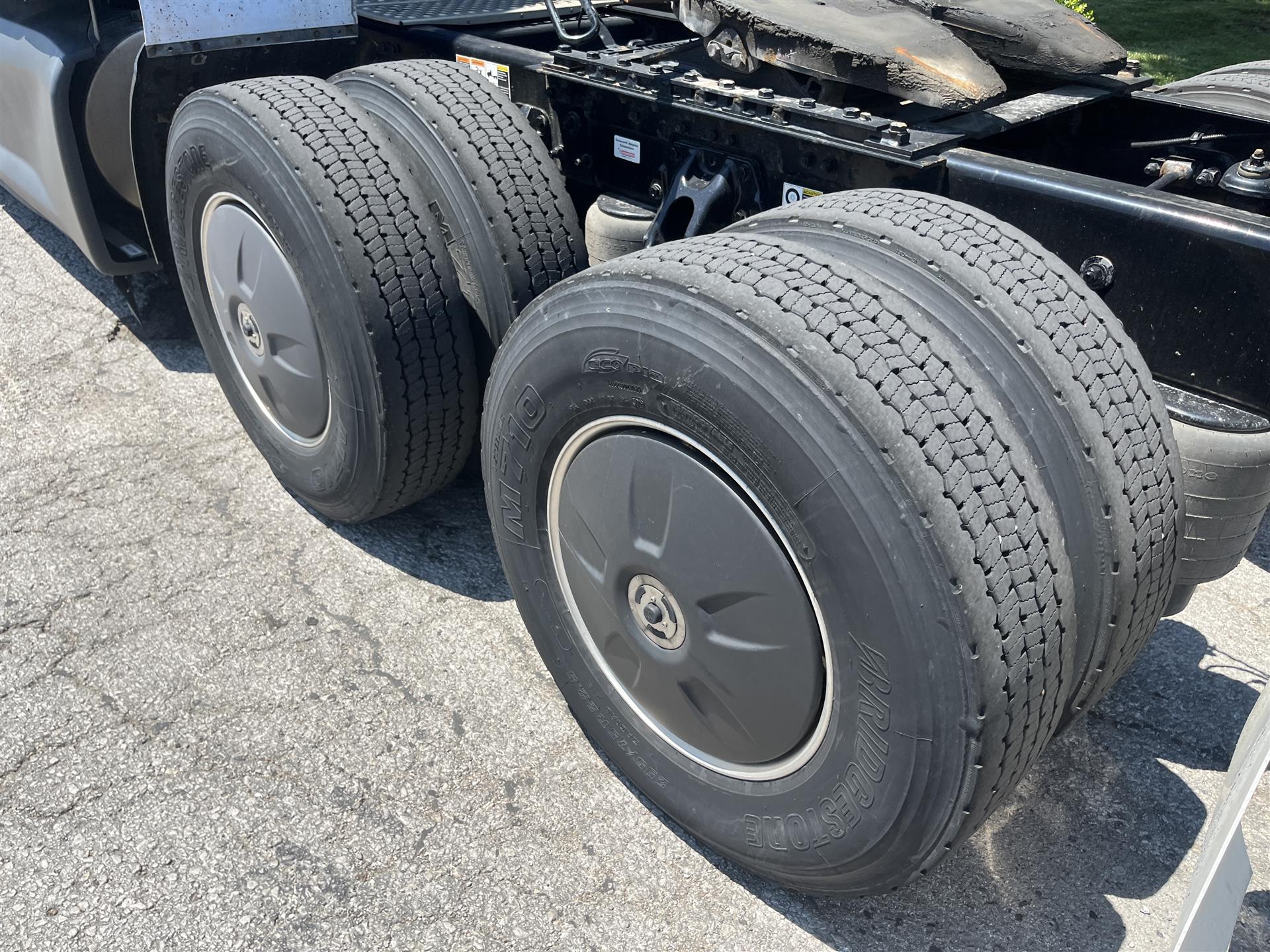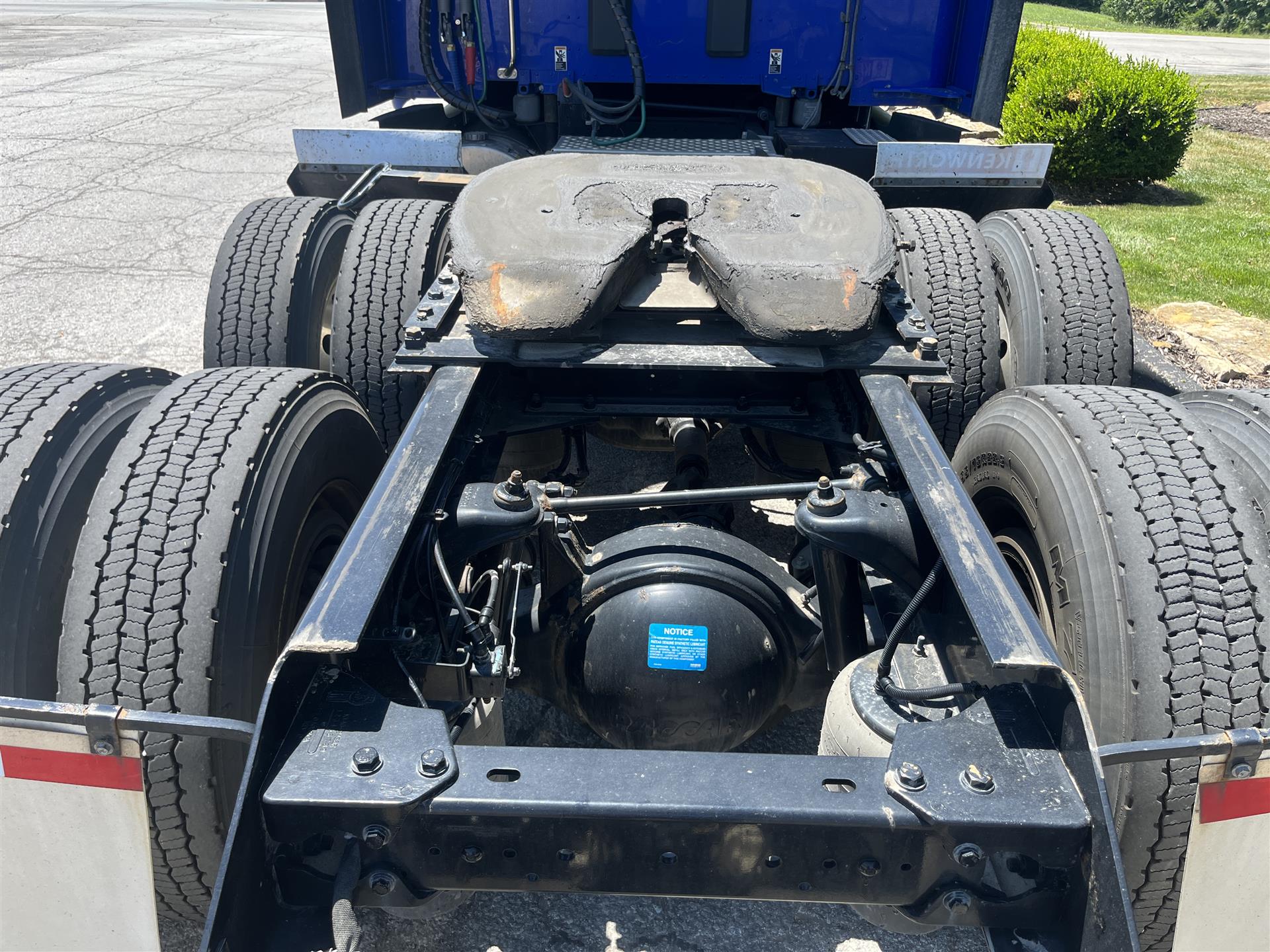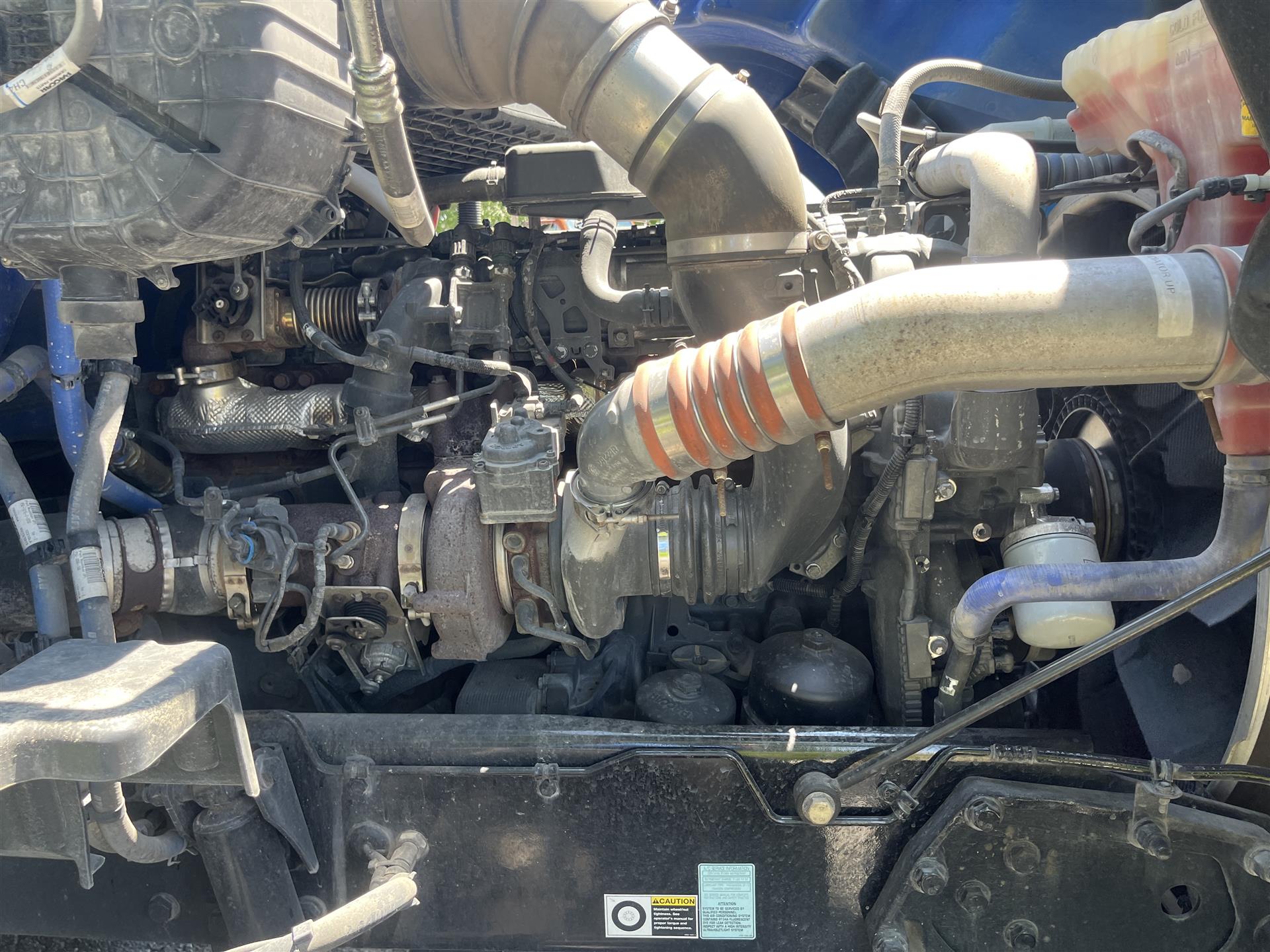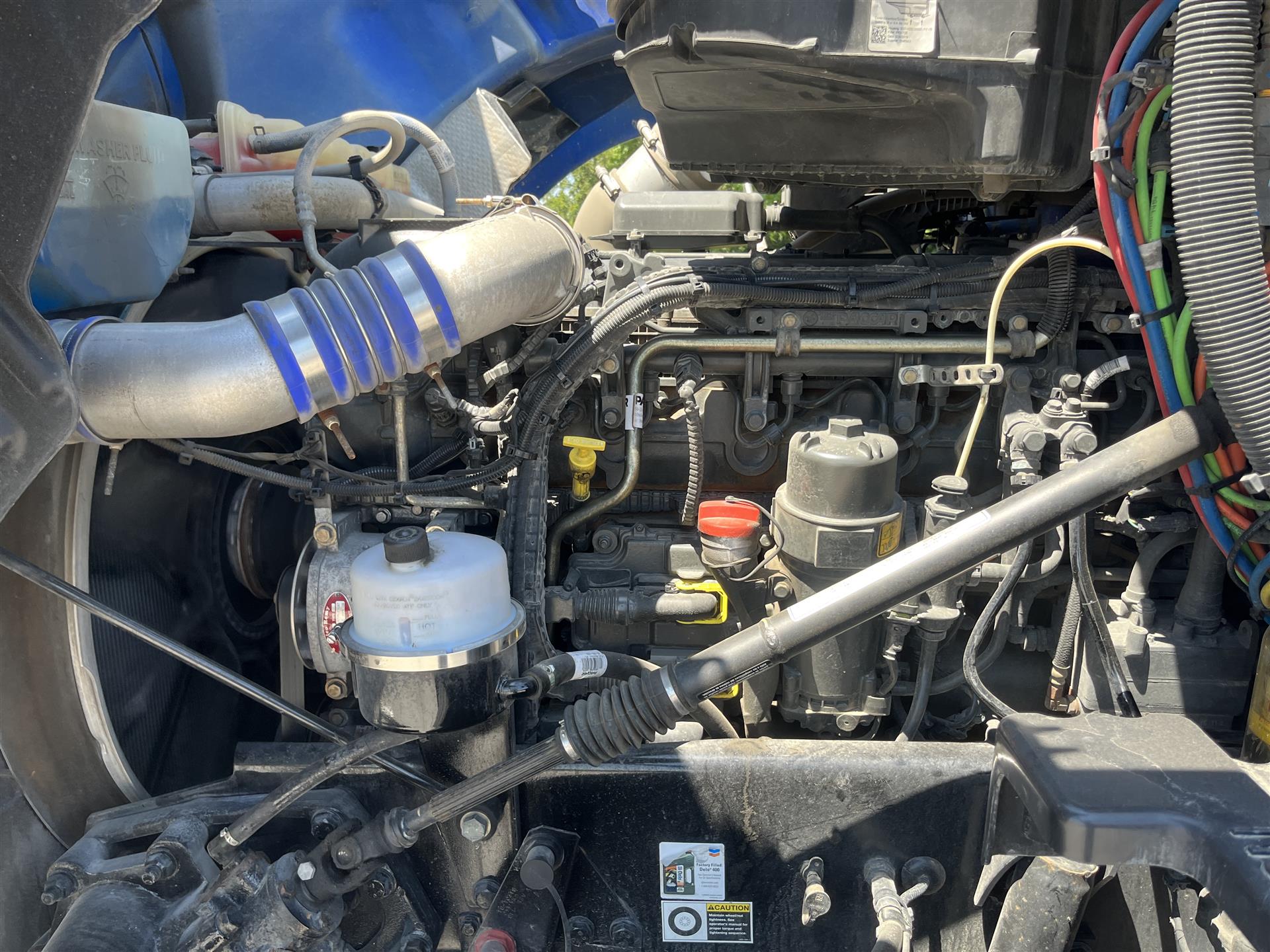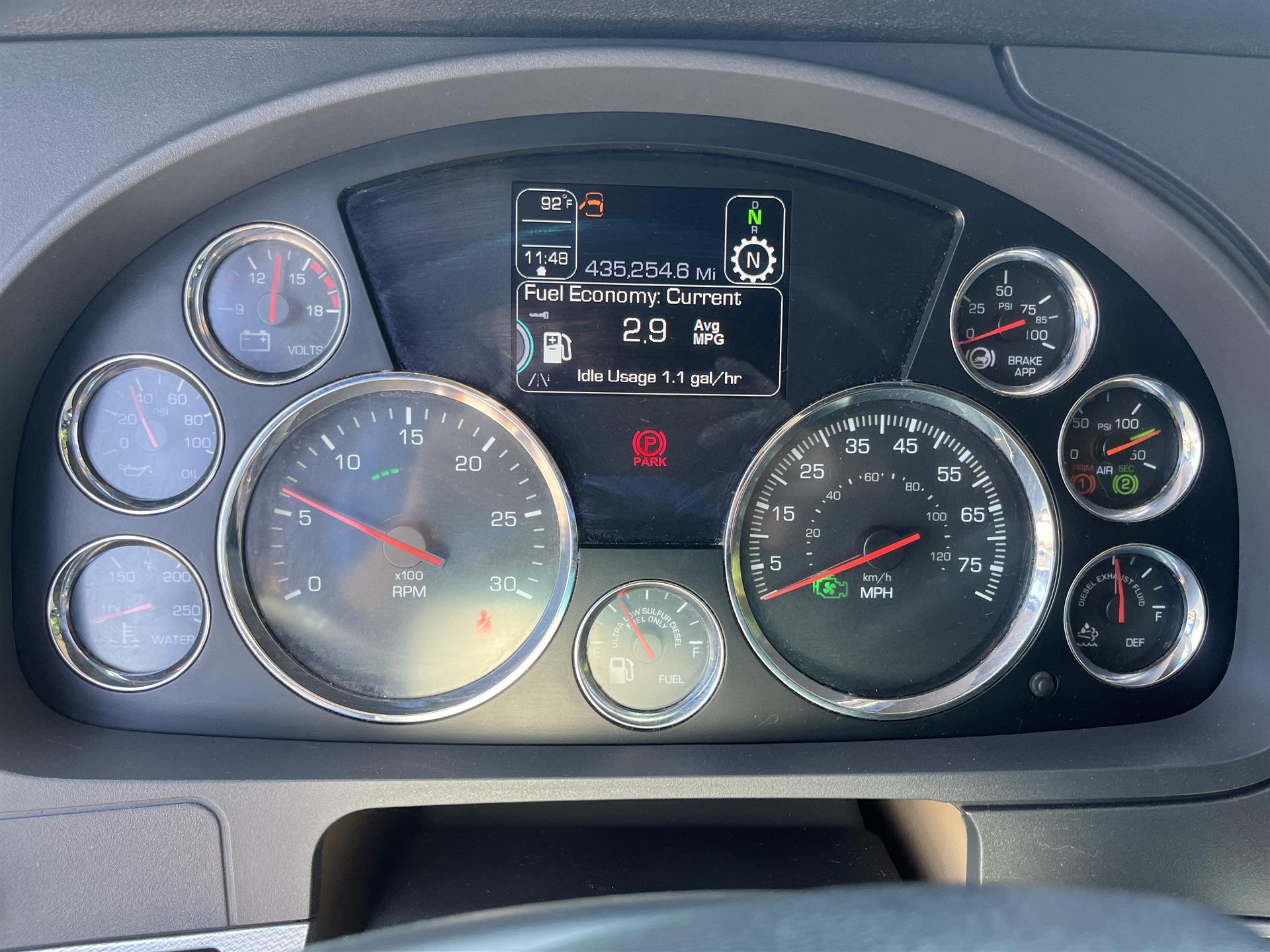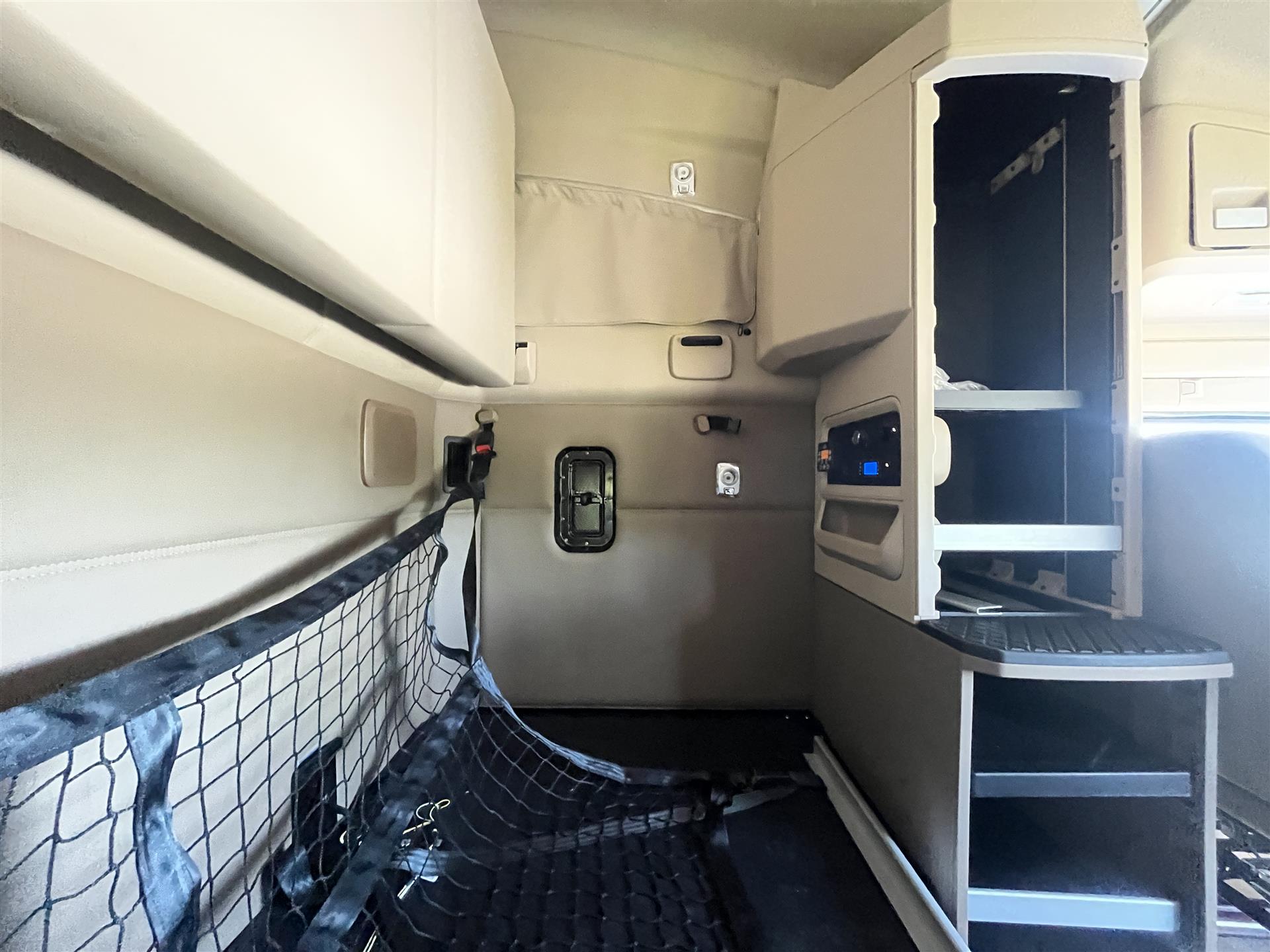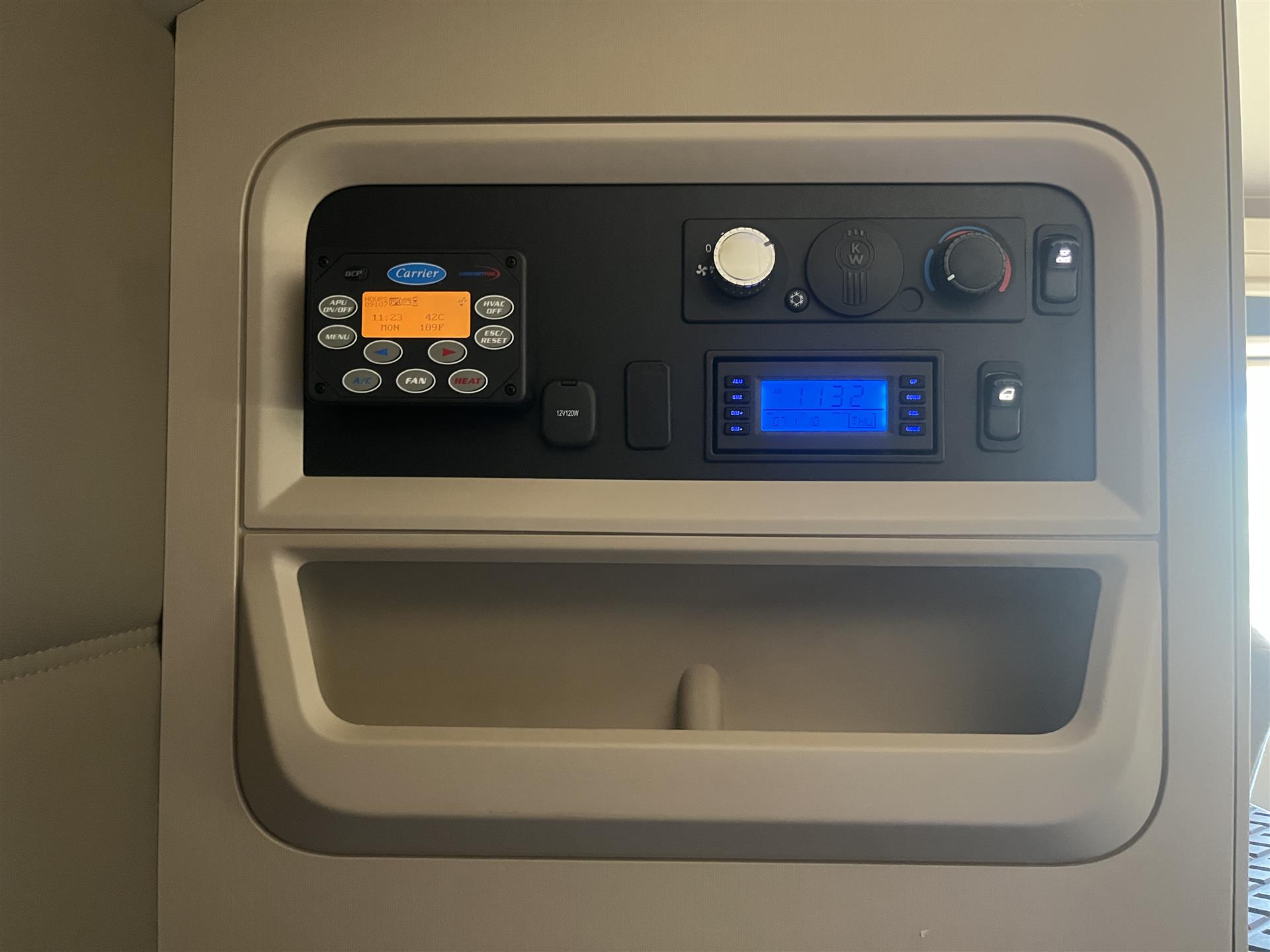Two years after the start of the effects of COVID-19 in the freight markets, volatility has started to subside. FreightWaves’ view of the market has become clearer: another sharp, painful downturn in the U.S. truckload market is on the way. Why does FreightWaves believe this? The market is experiencing soft truckload volumes.
Cause(s) Of A Soft Truckload Market
The lower volumes are due to a significant consumer slowdown. Inflation that began in 2020, combined with the higher fuel prices and the Russian-Ukraine war, are moving consumers to the sidelines. Market participants confirm what FreightWaves’ analysts see in the data – spot rates are falling fast and volumes are dropping.
What’s In Store For 2022?
There are many reasons to believe that the freight market will continue to slowdown, and that an oversupply of trucking capacity, particularly in the spot market, will cause rates to drop even lower.
Consumer Spending
Freight is all about the movement of physical goods to and from one destination to another. Travel, entertainment, and leisure do not drive (much) freight, so any dollars spent on “experiences” means less spending on cargo.
After two years of massive consumption of physical goods, consumers have begun to minimize their spending on tangible products. People are starting to shift their spending to travel and entertainment, which will take a much more significant percentage of disposable spending.
Inflation, High Fuel Prices & Spot Rates
Consumers are on the move right now. Except for the 3% of the U.S. population with electric cars, any money spent on filling up the gas tank will mean less spending on unnecessary spending.
Right now, everything is more expensive. Consumers are more cautious about the future and their financial position. High fuel prices and inflation will be a damper on everyday purchases.
Spot rates are under a lot of pressure. The pressure is caused by too many trucks and not enough freight. Truckstop.com’s spot rates peaked at $3.83 per mile in January and are now down to $3.42 per mile. Spot rates will fall further and could hit $2.50 per mile by mid-year.
Inventory
When COVID-19 happened, shippers were short of inventory. In an attempt to prevent inventory shortages, they ordered more than they needed and now have too much sitting. Logistical infrastructures like ports, warehouses, transloading facilities, and intermodal ramps are clogged, and this is slowing freight velocity and reducing sales.
Trucking Bankruptcies Are On The Way
Over the past two years, trucking has experienced the most significant number of new entrants. Fleet registrations were up to 20,166 just a couple of months ago. The last peak was in August 2019, when there were 9,511 new trucking fleets. New trucking registrations tend to lag market conditions, so we can expect new fleets to continue to enter the market, even after things soften.
Many of the operators are unseasoned and inexperienced. They are unlikely to have ever experienced a market downturn, much less run a business in the middle of one. These same drivers chasing high spot volumes will find fewer opportunities in the market. They will either leave the trucking market or move to companies with more consistent freight.
With falling spot rates, declining volumes, surging fuel prices, and inflation across the board, it will get ugly quickly for many of these operators.









